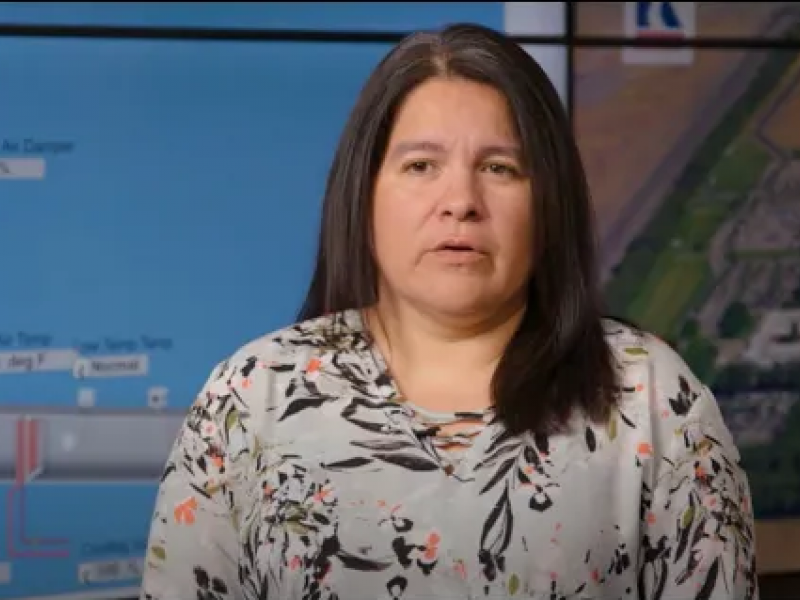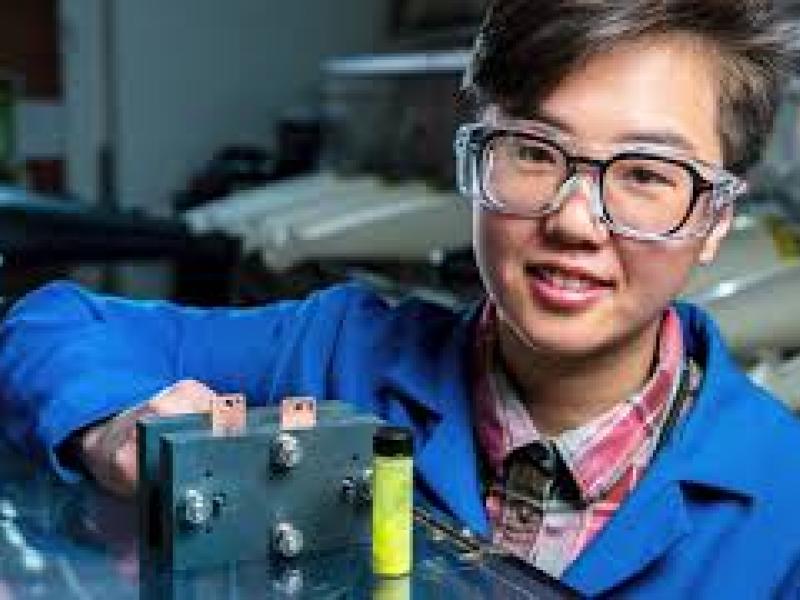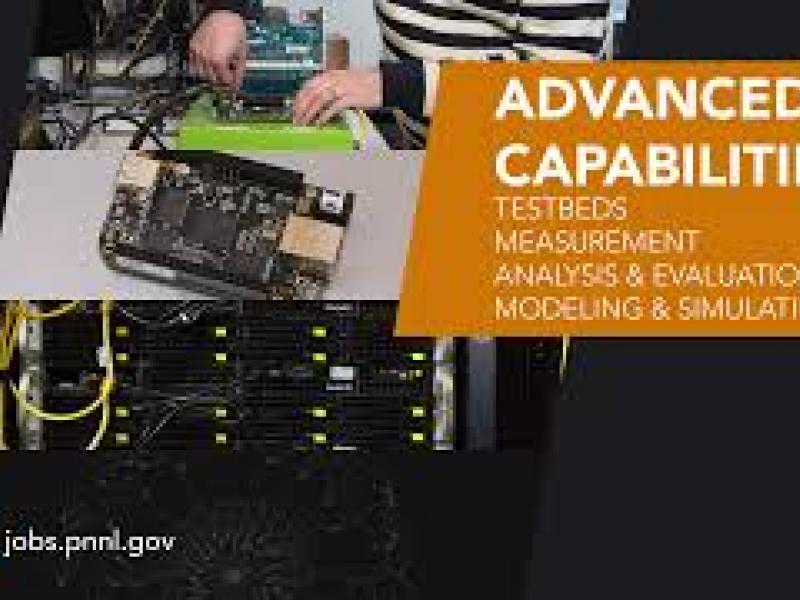
Scientists in PNNL’s Engineering Development Laboratory conduct microwave and millimeter-wave imaging research to develop technologies such as the millimeter-wave shoe scanner for airport security.
Forty feet underground in PNNL’s Shallow Underground Laboratory, scientists build highly sensitive radiation detectors to meet international security challenges, research the universe, and answer questions about our environment.
As one of two DOE Hazard Category II non-reactor nuclear research facilities, PNNL’s Radiochemical Processing Laboratory has been assisting the nation with critical mission needs in nuclear science and radiological research since 1953.
Pacific Northwest National Laboratory’s (PNNL) Building Operations Control Center is referred to as the brain of PNNL's campus operations—a portal for people to connect to intelligent infrastructure from the smart grid, down to buildings, systems, and components.
Pacific Northwest National Laboratory’s (PNNL) Building Operations Control Center is referred to as the brain of PNNL's campus operations—a portal for people to connect to intelligent infrastructure from the smart grid, down to buildings, systems, and components.
PNNL is at the forefront in the search for better batteries, with deep expertise in cutting-edge materials science and a thorough understanding of the requirements of end use applications – from the grid to electric vehicles – enabling us to combine new materials in new configurations to build better batteries that can meet and exceed the user’s performance requirements.
Scientists at PNNL use advanced instruments and computation to conduct studies that provide insights into the atomic level details of chemical conversions and materials for energy storage. This fundamental science has led to better understanding of batteries and catalysts, among other things.
PNNL scientist John Shilling explains how gases convert to particles because of oxidation in the atmosphere and why this research is important to understanding global climate change.
Microbes are exquisite chemists that catalyze thousands of reactions happening in nature. Learning to harness these processes is vital to building a sustainable economy, environmental security, and energy independence.
PNNL is shaping the future of HPC systems everywhere as a proving ground for advanced technologies.
The Advanced Wireless Communications Lab allows PNNL researchers to explore how 5G can transform diverse mission areas, including port and border security, grid infrastructure engagement, and augmented human-machine teaming capabilities for first responders.









